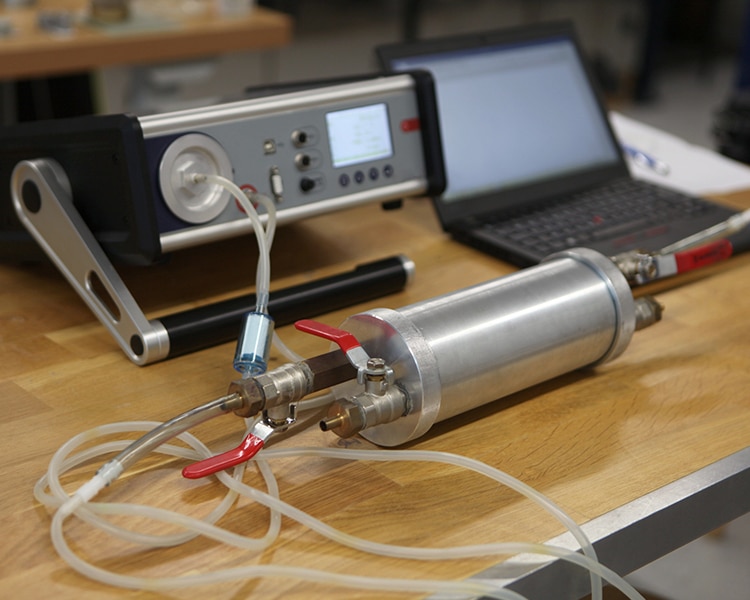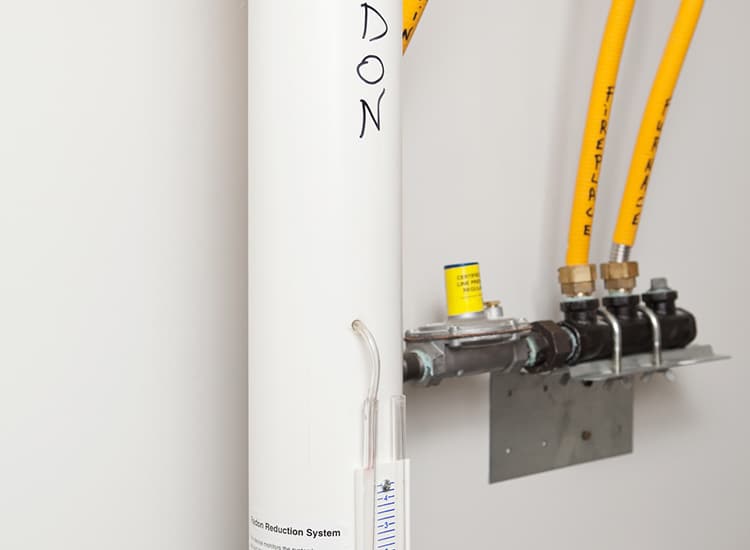
Up to one of every 15 homes in the United States is estimated to have elevated levels of radon gas. There is no such thing as a useful “average” radon level for Maryland or any given region because levels vary widely. In fact, your neighbor’s house could test high for radon gas, while yours might test low. There’s simply no way to know without specifically testing your home. Furthermore, houses without basements are just as likely to have high levels of radon gas as those without basements. Each state has an informational radon office, which you can find by going to the Environmental Protection Agency’s (EPA’s) website at epa.gov/radon/states.
Radon gas is produced as natural uranium in the soil decays. It is a colorless, odorless radioactive gas that generally moves through the ground to the air above and into homes via cracks or holes in the foundation. Once radon gas is in the house, the structure holds the gas inside, where it can build up. It doesn’t matter whether your home is new or old, energy-efficient or drafty; radon can get in and build up. While radon gas can enter a home through well water, it generally enters houses through the soil.

Which part of your home is on the lowest level that you could use for living space without having to do renovations? This is where the EPA recommends that you test for radon gas. Testing should be done in a regularly used room, but not a kitchen, bathroom, hallway, or laundry room. Some radon testing is done twice, either simultaneously, or back-to-back for better confidence in the result and to verify that the radon testing devices work properly. Windows and doors in the rooms to be tested should be shut, but can be used for normal exit and entry. Windows and outside doors should remain shut for at least 12 hours before testing.
The EPA recommends a two-step radon testing process. First, a short term radon test is done. If the result shows elevated radon levels, a follow-up short term test should be done, or a long term test can be done. This procedure helps guard against false positive results and helps ensure that low test results are real and not just a statistical fluke.
If the recommended EPA testing procedure is done, and the long term test indicates elevated levels of radon gas, then you will need to make changes to your home to prevent more radon gas from entering. If you are considering buying a home and have it inspected, or if you have radon testing done by a home inspector certified to perform it, your home inspector can advise you on rehabilitation measures used for minimizing radon gas levels. MD Mold Testing inspectors are certified to perform radon testing, and serve the Montgomery County Maryland, Washington DC, northern Virginia, and Delaware region with comprehensive home inspection and testing services.